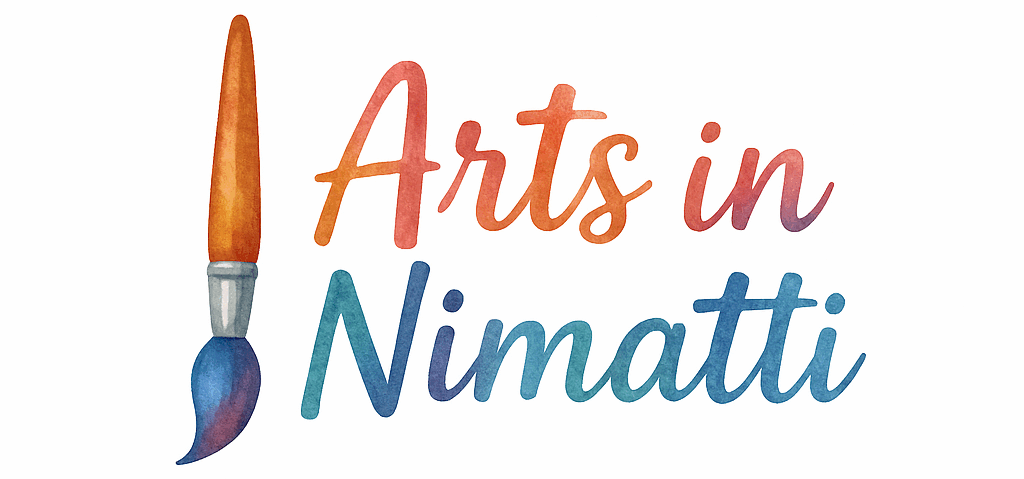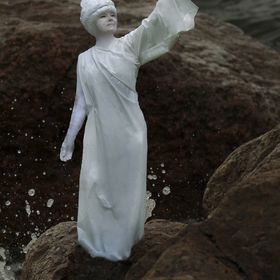Introduction: Why Pencil Sketching is the Ultimate Artistic Foundation
Let’s face it — pencil sketching is where every great artist begins. It’s raw, expressive, and powerful in its simplicity. Whether you’re drawing your first still life or you’ve been sketching for years, there’s always room to level up your pencil game — and fast.
In this guide, we’re diving into 7 easy yet powerful ways to improve your pencil sketches fast, from technique tweaks to mindset shifts. If you’re ready to see real improvement, read on.
1. Master the Basics of Pencil Grip and Pressure
Let’s kick things off with your foundation — how you hold your pencil and how hard you press. Sounds basic, but it’s the secret sauce to fluid sketches.
Understand Your Pencil Types
You wouldn’t hammer a nail with a spoon, right? Same deal here. Use the right pencil for the job.
- H pencils are hard and light — great for fine lines.
- B pencils are soft and dark — perfect for shading.
- A 2B pencil is a sweet spot for sketching.
Want a full rundown? Check out Art Techniques to explore different tools.
Light vs. Heavy Pressure – Know When to Use Each
- Light strokes = structure, movement, and flow.
- Heavy pressure = drama, emphasis, and final lines.
Practice switching up pressure in one sketch to see the range you can get from a single pencil.
2. Use Reference Images for Realistic Proportions
Stop drawing from memory (at least for now). If you want to get better, faster — lean on references.
Where to Find Inspiring References
- Browse Art Inspiration for curated reference materials.
- Use Pinterest, Unsplash, or take your own photos.
- Flip through art history books for a mix of old and new (like what you’ll find at Art History).
Avoid Common Mistakes When Copying References
- Don’t trace.
- Don’t obsess over perfection.
- Do measure proportions with your pencil.
- Do focus on angles, shapes, and negative space.
3. Practice Gesture Drawing for Speed and Flow
If your sketches feel stiff or lifeless, gesture drawing will change the game.
What Is Gesture Drawing?
It’s fast, loose drawing meant to capture the motion or essence of a subject — think 30-second poses of people, animals, or action scenes.
Quick Daily Drills to Build Muscle Memory
- Set a timer for 10 minutes a day.
- Sketch people walking, dancing, or stretching.
- Don’t worry about details — focus on flow.
This kind of repetition is key to developing creative habits. You can track your growth by tagging your progress (see Creative Habits).
4. Study Light, Shadows, and Shading Techniques
If you want your drawings to pop, it’s all about light and shadow.
Learn the Different Shading Styles
Try these:
- Hatching: Parallel lines.
- Cross-hatching: Intersecting lines.
- Stippling: Tiny dots.
- Blending: Smudging with a tortillon or tissue.
All these techniques are detailed in our Art Tutorials section.
Create Depth Using Tonal Values
Use a value scale from 1 (white) to 10 (black) to guide your tones. Strong contrast between light and shadow = stronger drawings.

5. Break Down Complex Objects into Basic Shapes
Ever feel overwhelmed drawing a human face or a car? Start with the basics.
Simplifying Forms Boosts Accuracy
Break down everything into:
- Circles
- Squares
- Triangles
- Cylinders
- Cubes
This approach is covered in our Art Education resources — especially helpful if you’re building a student portfolio.
Practice Shape Mapping Daily
- Choose one object a day.
- Sketch it using just basic shapes.
- Add detail after the structure looks solid.
6. Keep a Dedicated Sketchbook and Draw Every Day
This is where the magic happens. No fluff. Just you and the page.
Why Consistency Beats Talent
Even 10 minutes a day compounds over time. You’ll notice:
- Better line confidence
- Faster sketching
- Sharper eye for detail
It’s all about showing up daily — something that’s big in the Artist Lifestyle scene.
Create a Sketching Routine That Works for You
- Morning warm-ups?
- Post-dinner wind-down?
- Weekend art sessions?
Whatever works. Just make it stick. Build a creative ritual and log your ideas in your sketchbook (a great way to track Idea Generation).
7. Learn from Tutorials and Join Art Communities
You’re not alone. The internet is full of amazing resources to speed up your growth.
Best Online Art Resources for Quick Learning
- YouTube: Short tutorials and masterclasses.
- Skillshare: Step-by-step courses.
- Check out Art Business if you’re thinking of selling your sketches.
- Explore Online Art Sales to make your hobby pay.
How Art Communities Inspire Daily Growth
Join a local or online art group:
- Get feedback.
- Participate in sketch challenges.
- Get inspired by travel sketchers (like those in Art Travel).
You’ll grow faster when you’re around others doing the same.
Conclusion: Small Steps Lead to Big Artistic Wins
Improving your pencil sketches doesn’t require years of study or fancy tools — just the right approach and steady practice. Remember:
- Hold your pencil with intention.
- Use references to guide you.
- Sketch daily and try new techniques.
- Lean on the art community.
The best part? You’ll actually see progress — fast.
Want to dive deeper into your artistic journey? Explore resources like Art Classes, Art Portfolio, and Artist Life to keep the momentum going.
FAQs
1. How long does it take to get better at pencil sketching?
It varies, but with daily practice, you can see noticeable improvement in just 30 days.
2. What’s the best pencil for beginners?
A 2B pencil is a great all-rounder — smooth, not too dark, and easy to control.
3. Can I learn to sketch without going to art school?
Absolutely. With tutorials, reference studies, and practice, self-taught artists thrive.
4. How many sketches should I do a day?
Even 1–2 quality sketches a day can lead to big results if done consistently.
5. Should I ink over my pencil sketches?
That depends on your goal. If it’s practice, stick to pencil. For finished art, inking is great.
6. Why do my sketches look flat?
Try working more with light and shadow. Build depth using a full range of values.
7. What if I don’t feel motivated to sketch?
Join a community, follow a daily challenge, or scroll through Inspiration to reignite your spark.


